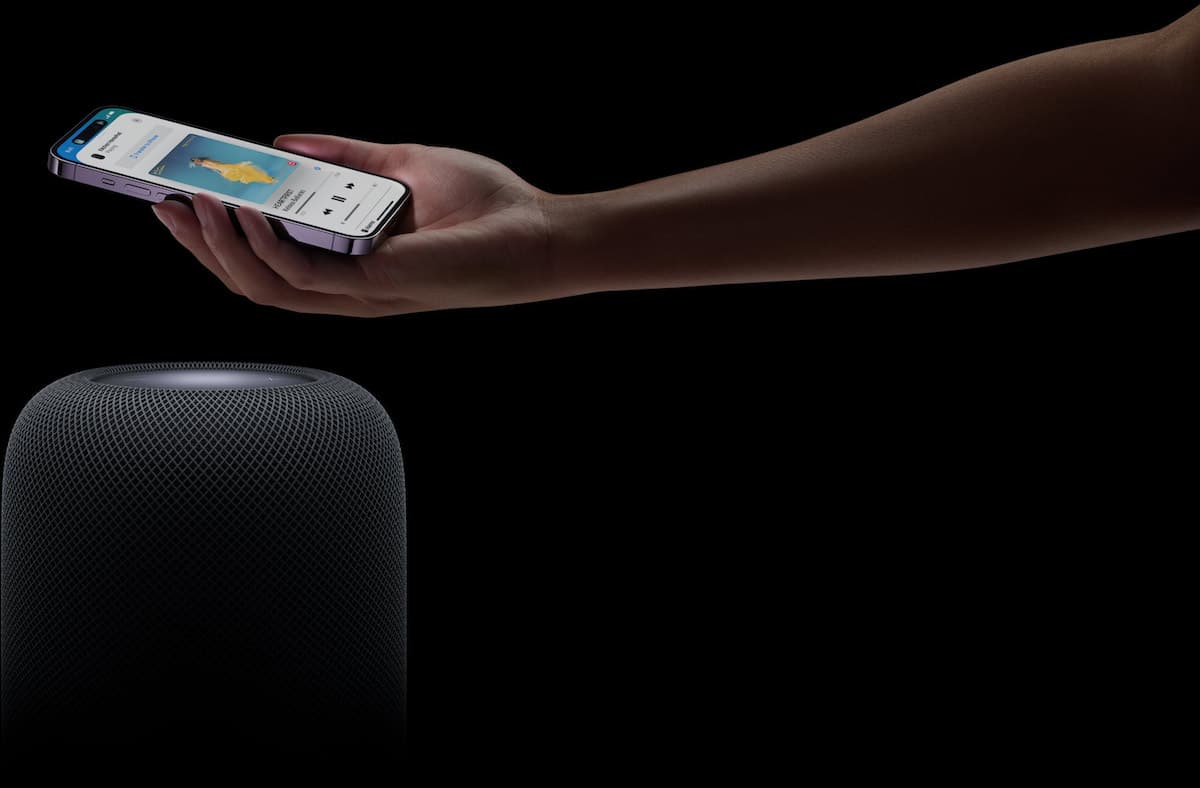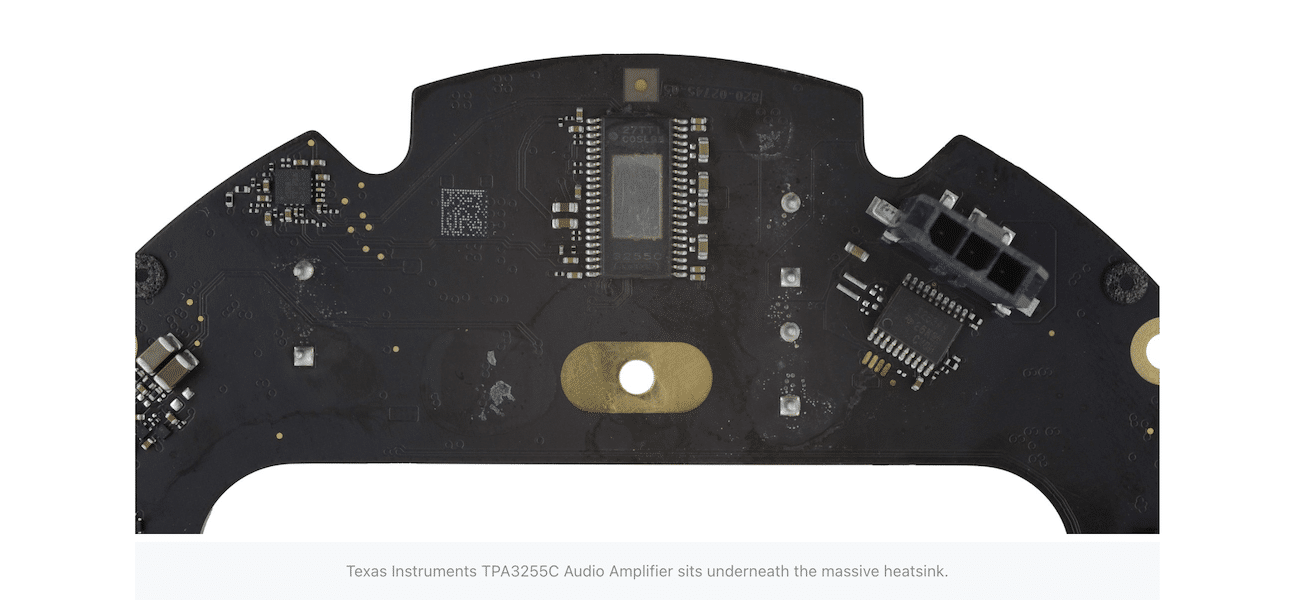Apple kicked off this year with the re-launched its original smart speaker. The new HomePod 2 looks and sounds like the 2018 HomePod but it’s packed with new components.
Teardown experts at iFixit opened the new HomePod 2 to check its internals and repairability. The test revealed that the smart speaker is easy to open but it is not easy to repair.

HomePod 2 is easy to open but parts pairing might lead to audio loss
In the HomePod 2, Apple has changed the internal design. The smart speaker is powered by an advanced S7 chip and a new humidity sensor. However, in comparison to the original HomePod, the company has reduced the number of microphones from six to four and cut seven tweeters to five.
Although it’s good news for the DIY repair community that the new speaker opens easily without much struggle, parts pairing might “once again be rearing its ugly head” because it can lead to loss of audio.
From the limited testing that we’ve carried out so far, it seems that changing the humidity sensor alone will prevent any audio output even though the speaker says it’s playing. This may be parts pairing or it may be a bug, we’re still testing, but we observed the exact same problem when we switched out the amplifier board.

The test also showed that the woofer is identical to the original speaker, the extra pin in the new three-pin JST connector is empty and the most concerning element of HomePod 2 is its heat management. As it uses a class-D amplifier, it creates more heat.
Like the original HomePod, this one also uses a class-D amplifier to drive the speaker array. Amplifiers come in different classes, and class-D amplifiers are able to output high power to the speakers with good power efficiency and low distortion. Of course, with great power, comes great amounts of heat.
The verdict is that Apple has introduced meaningless changes.
From a repairability and sustainability standpoint, it was very disappointing to see the unnecessary change from two pins to three pins on the woofer connector. This type of superficial change makes it difficult to substitute components that would otherwise be compatible.
Is it better than the original HomePod? I’d say yes, mainly because one of the hurdles to maintaining the device—being able to access the internals—has been removed. Unfortunately it may be the case that parts pairing will present a new hurdle even for something so minor as replacing a humidity sensor.
Read More: